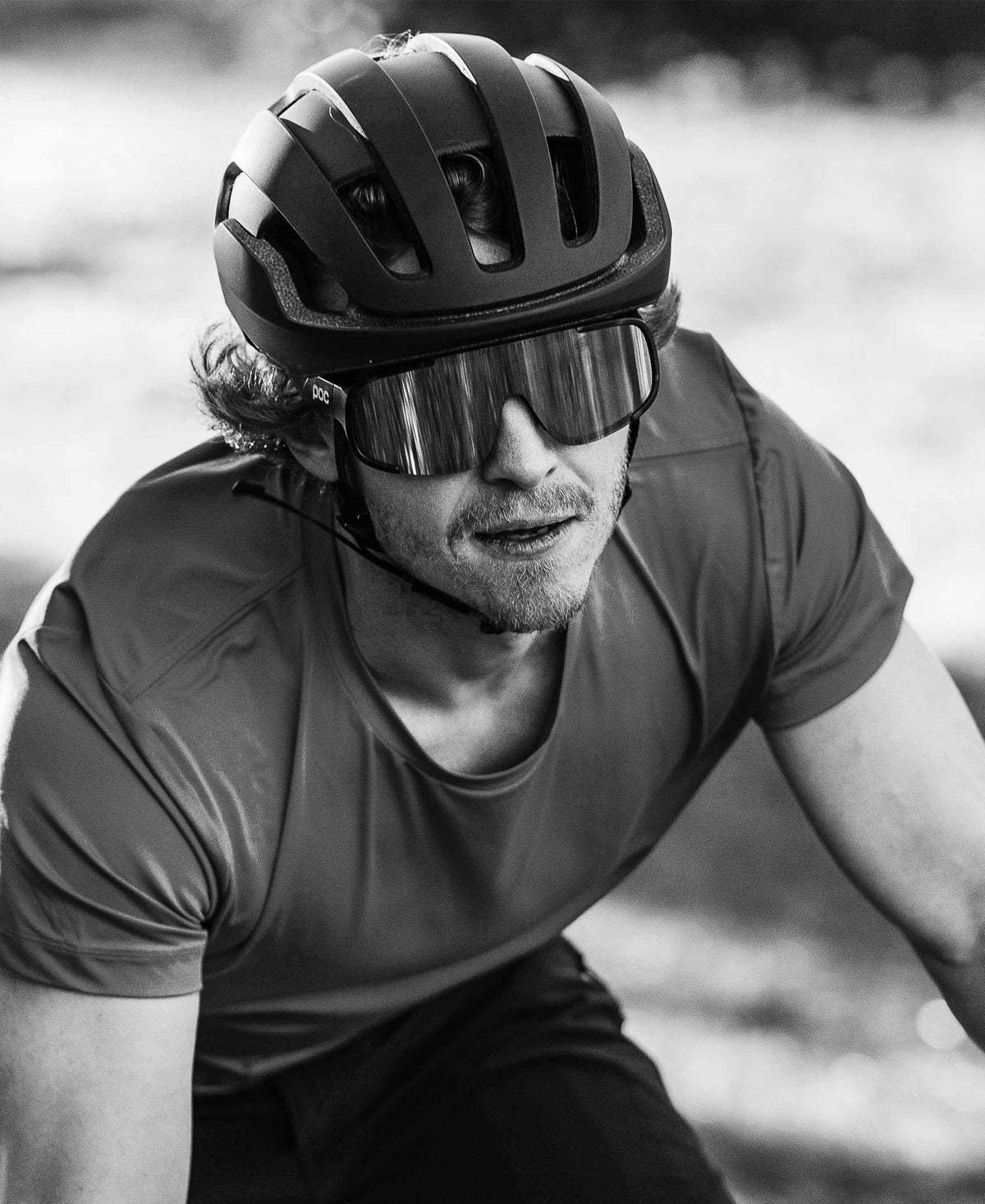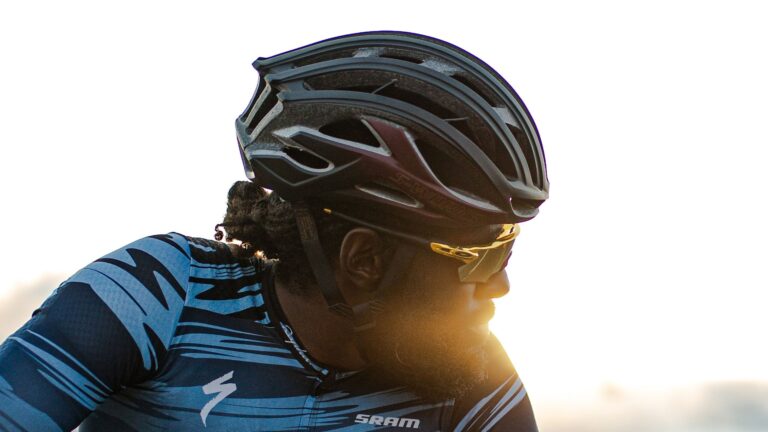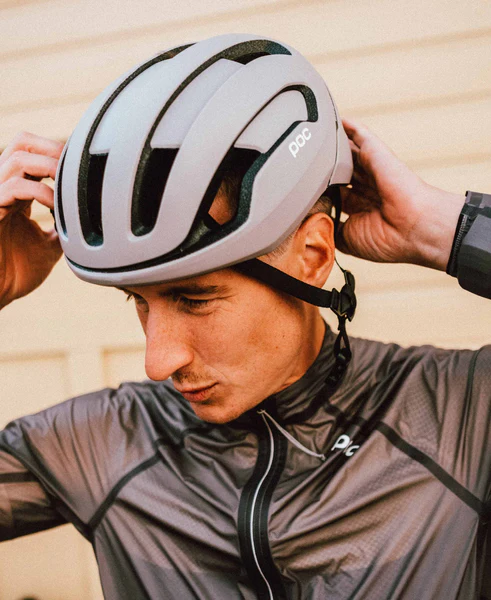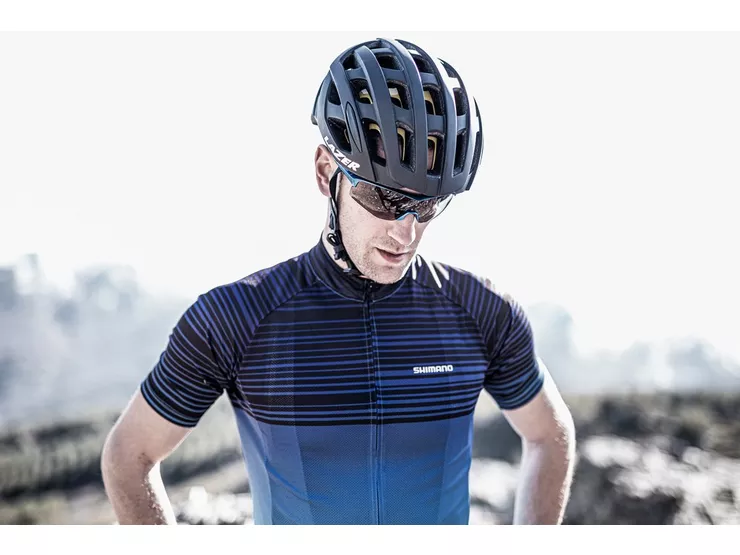Navigating the World of Helmet Safety Standards for Road Biking: Insights from a Master Cyclist

Key Point Summary of Helmet Safety Standards for Road Biking:
- Understanding Safety Standards: It’s vital to know standards like CPSC, EN 1078, and ASTM F1447 to ensure helmet compliance and safety.
- Protection is Key: Look for helmets with additional safety features like MIPS for enhanced protection during impacts.
- Fit and Comfort Matter: A well-fitting helmet increases safety and comfort, crucial for long rides.
- Know Local Regulations: Helmet laws vary by location; it’s essential to be aware of local requirements.
- Regular Helmet Maintenance: Regular inspection and timely replacement of helmets are necessary for continued safety.
As someone who’s spent a good chunk of their life racing and riding across various terrains – be it mountain biking, gravel grinding, or cyclocross – I’ve learned a thing or two about the importance of a good helmet. Helmet safety standards might not be the most thrilling topic, but trust me, they’re as crucial as getting the right bike for your adventure.
In-Depth Look at Helmet Safety Standards
The world of helmet safety standards can be complex. CPSC (Consumer Product Safety Commission) in the U.S., EN 1078 in Europe, and ASTM F1447 offer guidelines for testing helmets’ ability to withstand impacts. Each of these standards has different testing criteria focused on ensuring maximum protection. I learned about the importance of these standards firsthand when I had to replace my helmet for a race in France because it didn’t meet local EN 1078 standards.
The Critical Role of Protection
Protection is the primary function of a helmet. Technologies like MIPS (Multi-directional Impact Protection System) add an extra safety layer by reducing rotational forces on the brain in some impacts. During my cycling career, I’ve seen how helmets with such technologies can make a significant difference in crash scenarios.



Technological Advancements in Helmet Design
In recent years, there have been significant advancements in helmet technology. Apart from MIPS, technologies like WaveCel and SPIN (Shearing Pads INside) have emerged, offering different approaches to reducing impact forces. WaveCel, for instance, is a collapsible cellular structure that lines the inside of helmets and is designed to absorb both direct and rotational forces. Understanding these technologies can help cyclists make more informed choices when selecting helmets.
Aerodynamics and Weight
For road biking, particularly in racing scenarios, the aerodynamics and weight of a helmet can play a crucial role. Lightweight and aerodynamically designed helmets can provide marginal gains in speed and efficiency. However, it’s important to balance these aspects with safety features. I’ve seen cyclists opt for sleeker, more aerodynamic helmets for time trials and more robust helmets for regular training.
Ventilation and Heat Management
Another critical aspect is the helmet’s ventilation. Good airflow is essential for comfort, especially during long rides in warm weather. Helmets with better ventilation systems can reduce heat buildup and enhance overall comfort. From personal experience, a well-ventilated helmet can be a game-changer on hot summer days.
Visibility and Integration of Safety Features
Visibility is an often-overlooked aspect of helmet safety. Helmets with bright colors or reflective materials can enhance a cyclist’s visibility to motorists, especially in low-light conditions. Some modern helmets also integrate lights or even smart features like SOS alerts, which can add an extra layer of safety in case of accidents.
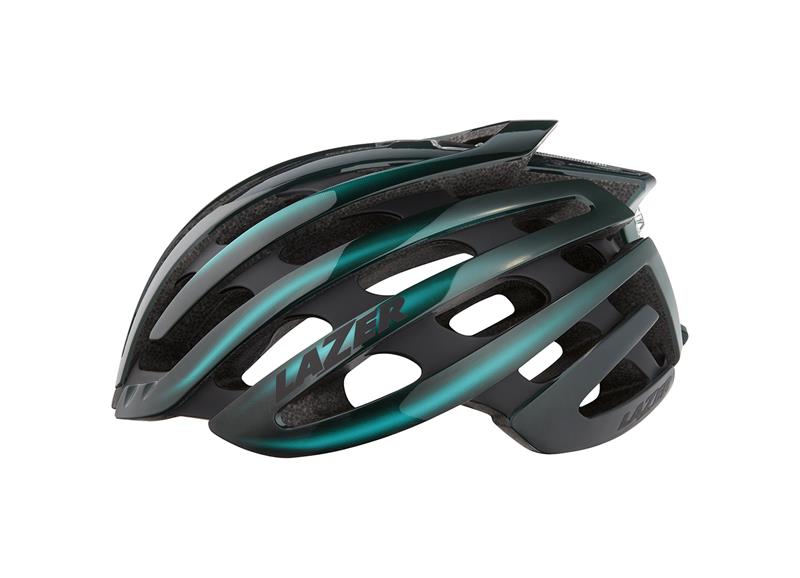
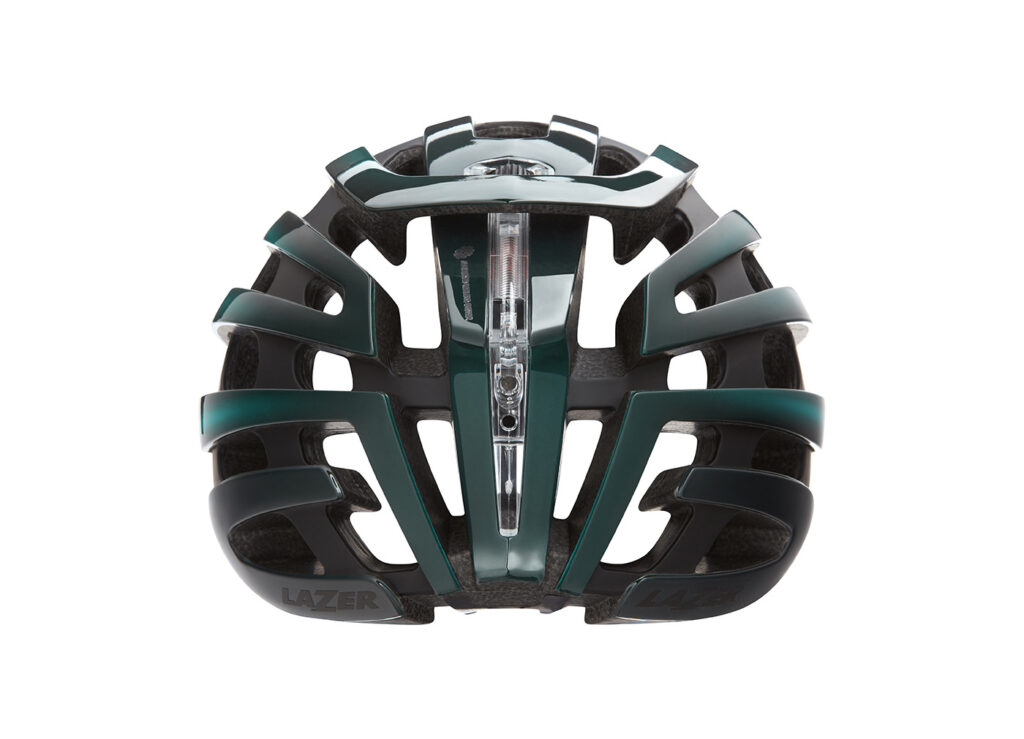
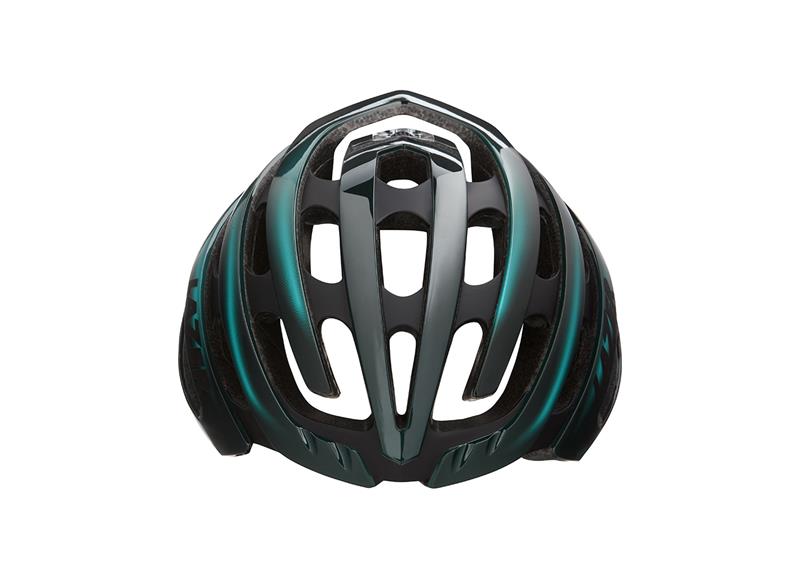
Ensuring the Right Fit and Comfort
Fit and comfort are crucial for a helmet’s effectiveness. A helmet should sit snugly, with adjustable straps and a retention system for customization. Comfort is also key. A poorly fitting helmet can be distracting and even cause discomfort, which I learned the hard way during a challenging mountain bike race.
Staying Updated with Cycling Regulations
Different regions have varying helmet laws, so it’s essential to be aware of these when cycling in new areas. I always make it a point to check local helmet regulations, as they can significantly differ. Remember, compliance is not just about following the law but also about ensuring your safety.
The Importance of Regular Helmet Inspection
Regular inspection and timely replacement of helmets are crucial for continued safety. Helmets should be checked for damage regularly and replaced immediately if involved in a crash. I once discovered a small crack in my helmet after a minor fall, which could have compromised its protective ability in future incidents.
Wrapping Up
Understanding and adhering to helmet safety standards, ensuring a proper fit, and staying updated with regulations are vital for a safe cycling experience. From my years on various bikes, I’ve learned that a good helmet is an integral part of your cycling journey. Whether you’re a beginner or a seasoned cyclist, give helmet safety the attention it deserves for a safe and enjoyable ride.

Summing up the article with a list of some of the best road bike helmets can provide practical guidance for cyclists looking to make an informed choice. It’s important to note that the ‘best’ helmet can vary depending on individual needs, preferences, and budget, but here are some widely recognized options that excel in safety, comfort, and performance:
- Specialized S-Works Prevail II with ANGi: This helmet stands out for its integration of safety technology. It features the ANGi crash sensor and MIPS SL, a lighter version of MIPS, offering both advanced protection and comfort.
- Bontrager XXX WaveCel: The Bontrager XXX is at the forefront of helmet technology with its WaveCel lining, which is known for its impact-absorbing properties. It’s a great option for riders looking for the latest in helmet safety advancements.
- POC Ventral SPIN: Featuring POC’s proprietary SPIN (Shearing Pads Inside) technology, this helmet is designed to reduce the effects of rotational forces on the brain in the event of a crash. It’s also known for excellent aerodynamics and ventilation.
- Lazer Z1 MIPS: A lightweight option with MIPS, the Lazer Z1 is popular for its comfort and adjustability. It’s a great all-rounder that doesn’t compromise on safety or performance.
- Smith Trace MIPS: Known for its Koroyd technology, which offers enhanced impact absorption, the Smith Trace is a favorite for its safety features, lightweight design, and effective ventilation.
- Kask Protone: While it doesn’t feature MIPS, the Kask Protone is renowned for its exceptional fit and aerodynamics. It’s a top choice for riders who prioritize comfort and speed.
- Met Manta: Known for its ultra-lightweight design and aerodynamic shape, the Met Manta is a favorite among racers and speed enthusiasts.
Each of these helmets brings something unique to the table, whether it’s cutting-edge safety technology, unparalleled comfort, superior ventilation, or aerodynamic efficiency. It’s crucial to try on different models to find the one that fits your head shape and riding style best. Remember, the best helmet is one that you’ll wear consistently, fits well, and meets your specific cycling needs.
Happy road biking!
John
FAQ
What are the safety standards for bicycle helmets?
CPSC, EN 1078, and ASTM F1447.
What is the ASTM F1447 standard?
The ASTM F1447 standard is a safety specification set by the American Society for Testing and Materials. It defines performance requirements and test methods for helmets used in recreational bicycling and roller skating. This standard primarily focuses on the helmet’s ability to absorb impact, the strength and effectiveness of the retention system, and coverage provided to ensure adequate protection against head injuries.
What is the safest road cycling helmet?
The safest road cycling helmet is subjective and varies based on individual needs, but models with advanced safety features like MIPS (Multi-directional Impact Protection System), WaveCel, or SPIN technology are generally considered among the safest.
Helmets from reputable brands like Giro, Specialized, Bontrager, POC, and Smith, which meet or exceed safety standards such as CPSC, EN 1078, or ASTM F1447, are often recommended.
What is the EN1078 safety standard for bicycle helmets?
The EN 1078 safety standard for bicycle helmets is a European standard that specifies requirements and test methods for helmets used for cycling, skateboarding, and roller skating. It focuses on the helmet’s ability to absorb impact, the strength of its retention system, and its coverage area to ensure a high level of protection against head injuries.
